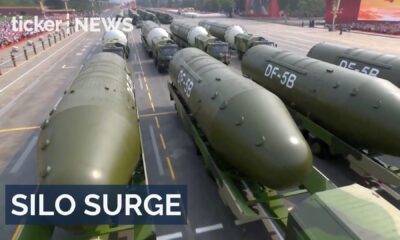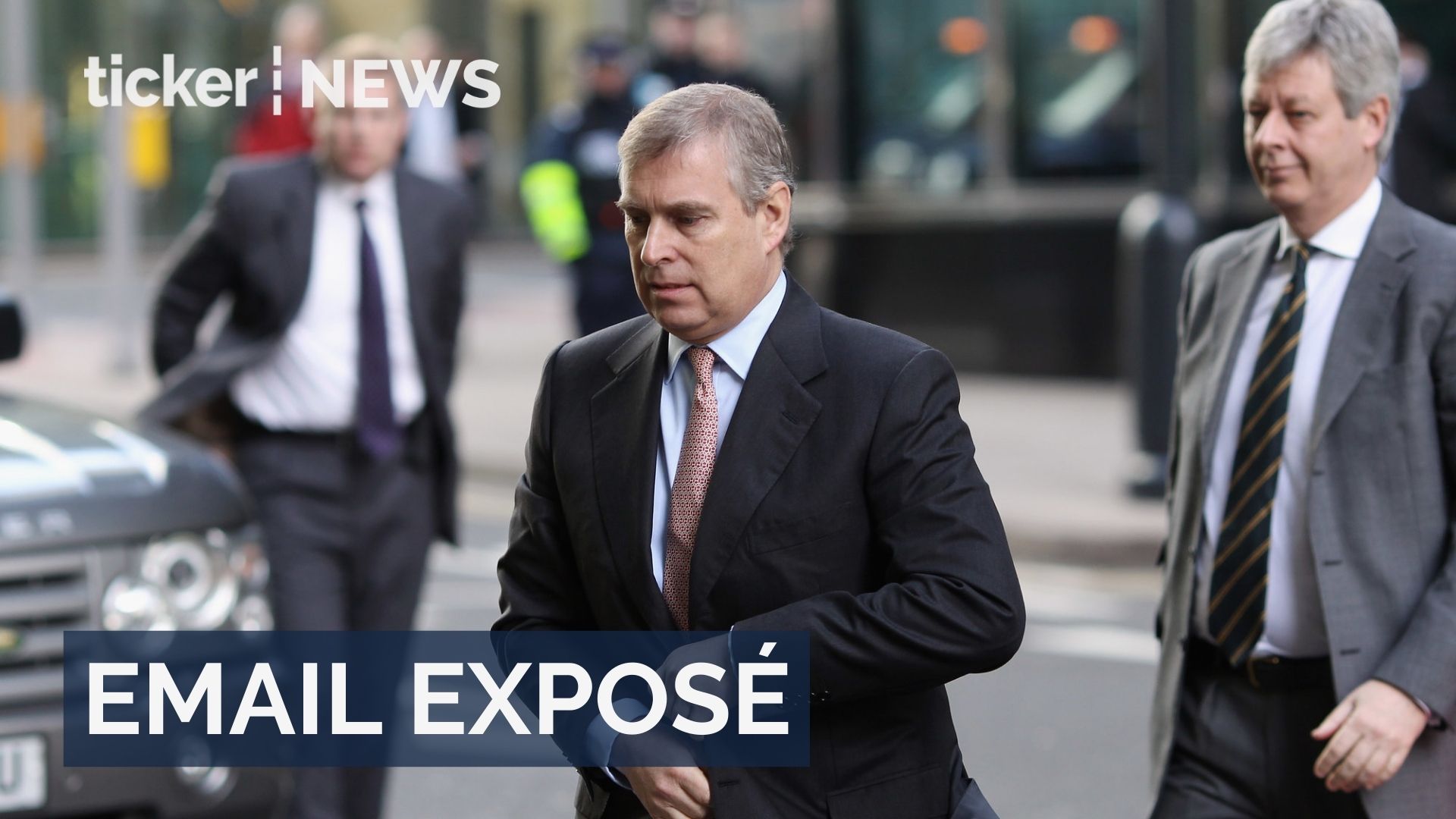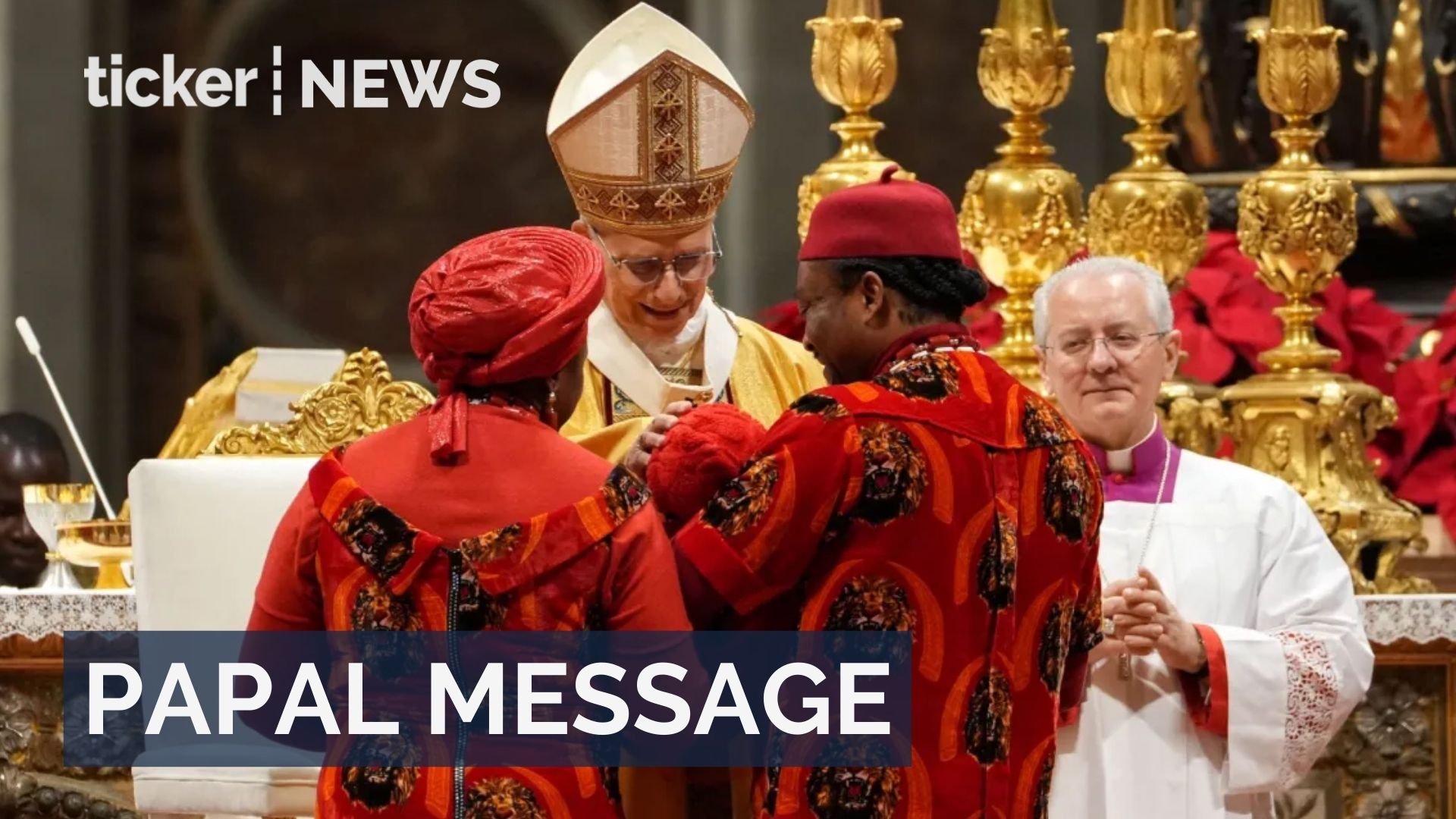We have all been captivated by the phenomenon known as “Barbenheimer,” featuring two distinct movies – Greta Gerwig’s vividly pink Barbie and Christopher Nolan’s somber Oppenheimer.
These films have sparked fierce fandom rivalries, but after witnessing both, we’ve discovered surprising commonalities between them that go beyond what memes could have imagined.
So far, Barbie has dominated the box office.
In “Oppenheimer,” Christopher Nolan delves into the life of J. Robert Oppenheimer (portrayed by Cillian Murphy), the father of the atomic bomb, through three pivotal timeframes. Nolan explores Oppenheimer’s journey in creating the bomb, his reputation-defaming tribunal in 1954, and a consequential presidential cabinet hearing. The film dissects Oppenheimer’s ambitions, regrets, and the realization of creating something beyond his control.
Meanwhile, “Barbie,” directed by Greta Gerwig, takes a multifaceted look at the iconic Barbie (played by Margot Robbie) across three intriguing settings. The film follows Barbie’s adventures in Barbieland, a utopia where she reigns supreme, Ken’s beach, and a pink-drenched White House. As the story unfolds, Barbie’s existential dread creeps in, leading her to the Real World, where she faces obstacles like anxiety and the patriarchy.
Ultimately, Barbie is tasked with defending her beliefs, confronting regret, and embracing hope for a better future.
Confronting Existential Dread
Both movies touch on existential themes. Barbie’s surprisingly deep contemplation of mortality in a disco dance scene garnered attention. As Barbie becomes more human-like, she grapples with the idea of eternal ideas versus mortal existence.
In “Oppenheimer,” death looms large throughout the film, tied to the devastating impact of the atomic bomb, the horrors of World War II, and Oppenheimer’s struggle to prevent nuclear proliferation.
Horses and Patriarchy
In Barbie’s case, Ken’s encounter with L.A.’s Century City leads to the creation of Kendom, a male-dominated utopia with a peculiar fascination with horses as symbols of masculinity.
In “Oppenheimer,” the equestrian element surfaces in Los Alamos, the hub for the Manhattan Project. Oppenheimer’s horse interest plays a part in his complicated relationships, including his involvement with colleague Isidor Rabi’s wife, Kitty.
Men in Power
Both films feature male-dominated spaces, with “Oppenheimer” showcasing white men in boardrooms and classrooms. In contrast, “Barbie” depicts Will Ferrell as the CEO of Mattel, surrounded by caricatured Yes men in business suits.
Style Icons and Mermaids
Barbie’s influence on fashion is evident in Barbiecore, with her iconic pink aesthetic permeating social media and theaters alike. While “Oppenheimer” doesn’t focus on fashion, there’s a scene where the protagonist ponders his appearance, resulting in a carefully curated look.
Curiously, both films reference mermaids. “Barbie” features Dua Lipa as Mermaid Barbie and John Cena as her merman Ken. In “Oppenheimer,” mermaids become part of a defense argument during a tense exchange.
Wise Mentors
Both Barbie and Oppenheimer find guidance from wise mentors in the final acts. Oppenheimer seeks advice from Albert Einstein (played by Tom Conti), while Barbie turns to her real-life inventor, Ruth Handler (portrayed by Rhea Perlman).
Barbie and Oppenheimer: Independent Origins and Big Studio Budgets
Interestingly, both Gerwig and Nolan started in independent cinema before transitioning to big studio productions. Their success stories highlight the impact of daring filmmakers who dream big.
The Barbenheimer phenomenon not only showcases two compelling films but also represents a triumph for the movie industry and visionary filmmakers. Whether viewers opt for “Barbie,” “Oppenheimer,” or both, it celebrates creativity and the power of cinema.
“Barbie” and “Oppenheimer” are now showing in theaters.




 Property4 days ago
Property4 days ago


 Tech5 days ago
Tech5 days ago


 Tech2 days ago
Tech2 days ago


 Money4 days ago
Money4 days ago


 Money4 days ago
Money4 days ago


 News5 days ago
News5 days ago


 Money4 days ago
Money4 days ago


 Tech5 days ago
Tech5 days ago






